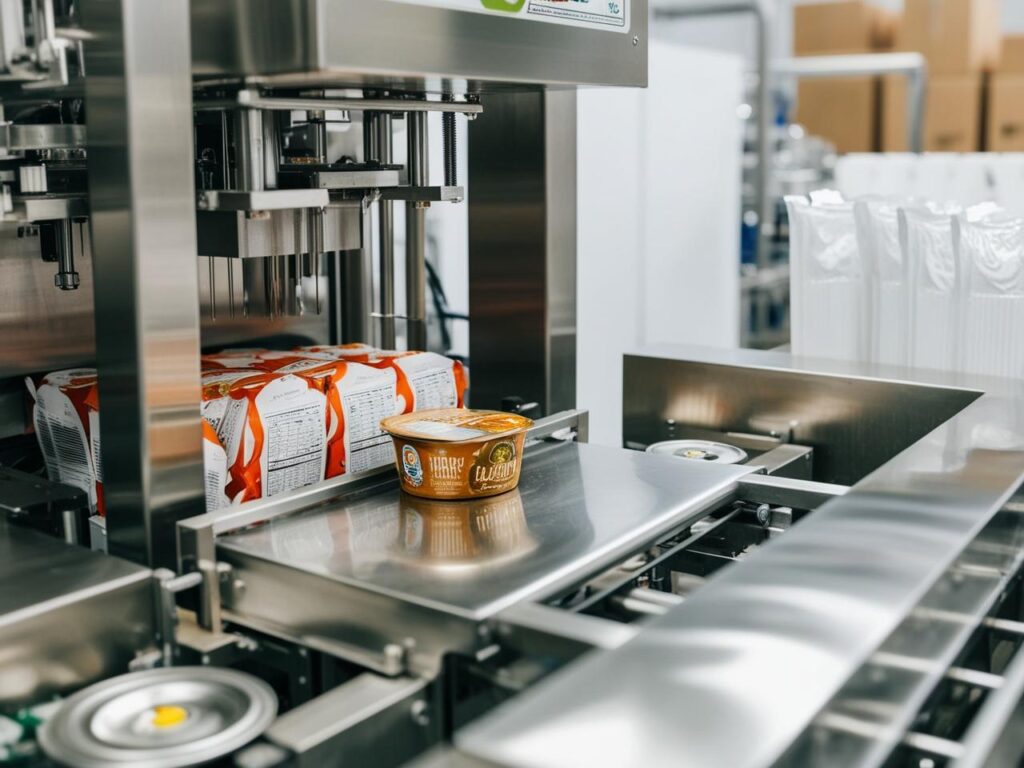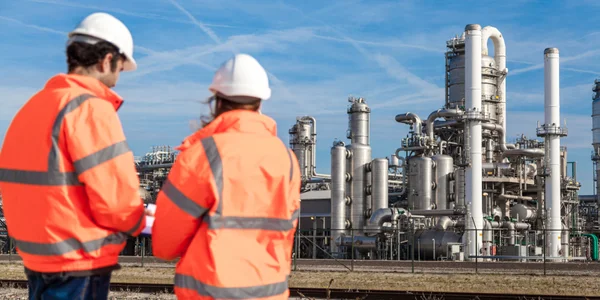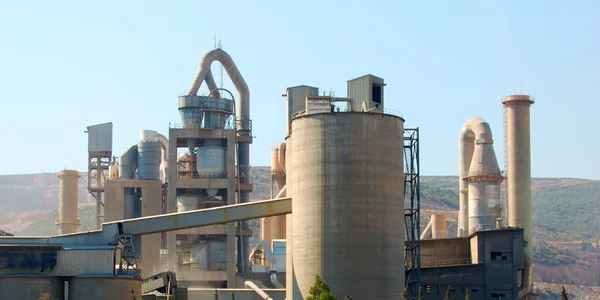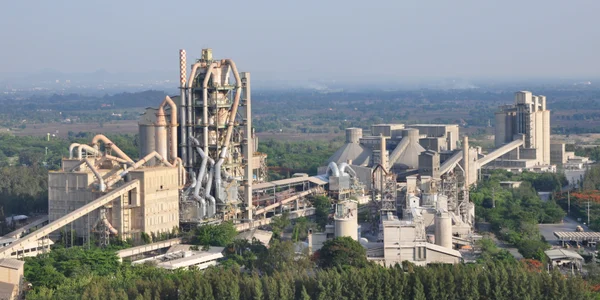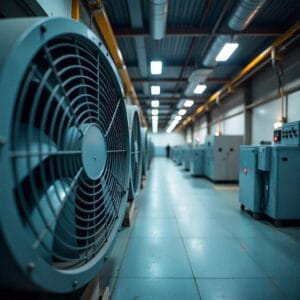Văn phòng
TRỤ SỞ CHÍNH

Đức
- Bộ lọc chuyên sâu Himenviro Technologies GmbH
Neustraße 45 - 49, 42553, Velbert, Deutschland/Đức - +49 20534200990
VĂN PHÒNG KHU VỰC
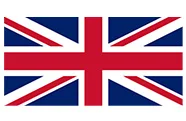
Anh quốc
- Bộ lọc chuyên sâu Himenviro UK Limited
47, Bath Street WS13BX, Wallsall West Midlands, Vương quốc Anh - +44 1922 628893
VĂN PHÒNG KHU VỰC
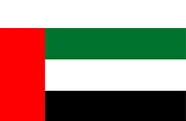
Các Tiểu Vương Quốc Ả Rập Thống Nhất
- Bộ lọc chuyên sâu Himenviro Technologies FZE – LLC
Trung tâm thương mại, Khu thương mại tự do Sharjah Publishing City, Sharjah, UAE - +971-556074697
VĂN PHÒNG KHU VỰC

Ấn Độ
- Intensiv-Filter Himenviro Private Limited
D-247/11, Khu vực 63, Noida - 201301, Uttar Pradesh, Ấn Độ - +91-120-4642-500
VĂN PHÒNG KHU VỰC

Ấn Độ
- Intensiv-Filter Himenviro Private Limited
D-247/11, Khu vực 63, Noida - 201301, Uttar Pradesh, Ấn Độ - +91-120-4642-500
VĂN PHÒNG KHU VỰC

Ấn Độ
- Intensiv-Filter Himenviro Private Limited
D-247/11, Khu vực 63, Noida - 201301, Uttar Pradesh, Ấn Độ - +91-120-4642-500
Giải pháp lọc bụi và không khí cho ngành công nghiệp thực phẩm
Ngành thực phẩm và đồ uống là một lĩnh vực phức tạp và được quản lý chặt chẽ, đòi hỏi các quy trình chính xác và tiêu chuẩn vệ sinh nghiêm ngặt. Một khía cạnh quan trọng của việc duy trì các tiêu chuẩn này là kiểm soát bụi hiệu quả. Các quy trình như xử lý, trộn, xay xát ngũ cốc và đóng gói tạo ra các hạt bụi mịn có thể làm ô nhiễm sản phẩm, gây nguy cơ sức khỏe cho người lao động và tiềm ẩn nguy cơ cháy nổ.
Để giải quyết những thách thức này, chúng tôi cung cấp các giải pháp tiên tiến giải pháp lọc Được thiết kế đặc biệt cho ngành thực phẩm và đồ uống, hệ thống của chúng tôi được thiết kế để thu giữ và loại bỏ các hạt bụi, đảm bảo độ tinh khiết của sản phẩm, an toàn cho người lao động và tuân thủ quy định.
Quy trình lọc bụi trong ngành công nghiệp thực phẩm
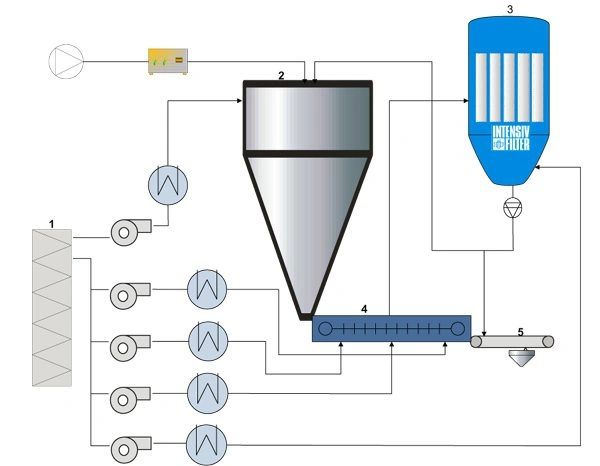
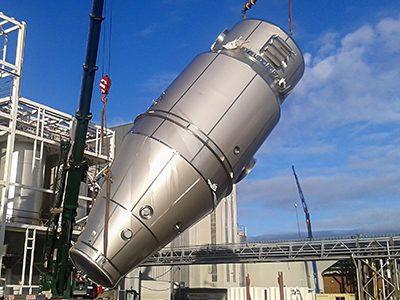
- 1. Bộ lọc bên ngoài
- 2. Máy sấy phun
- 3. Bộ lọc CIP
- 4. Lớp lưu hóa ngoài
- 5. Làm đầy
Thông số kỹ thuật bắt buộc cho bộ lọc CIP
Dữ liệu thiết kế điển hình | Bộ lọc CIP |
|---|---|
Thể tích khí | < 230.000 m³/giờ |
Nhiệt độ khí | 80-90 °C |
Loại bụi | Sản phẩm sữa khô |
Hàm lượng bụi còn lại | < 10 g/m³ |
Hàm lượng bụi khí thô | 20 mg/m³ |
Vệ sinh | Trực tuyến |
Môi trường lọc | Polyester |
Thiết kế chống cháy nổ | Đúng |
Chất hấp thụ |
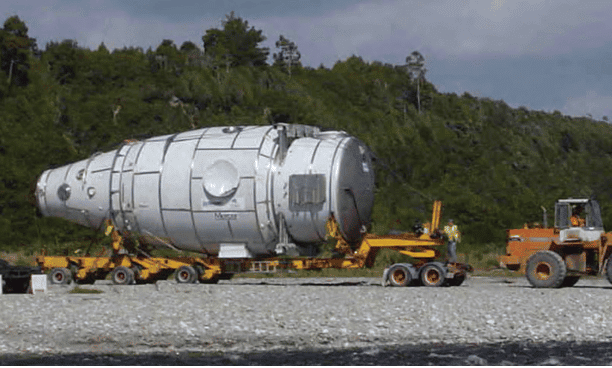
Ứng dụng sản phẩm của chúng tôi cho ngành công nghiệp thực phẩm

Kiểm soát bụi phát thải từ các quy trình năng lượng cao như nghiền, xay và nghiền thành bột.
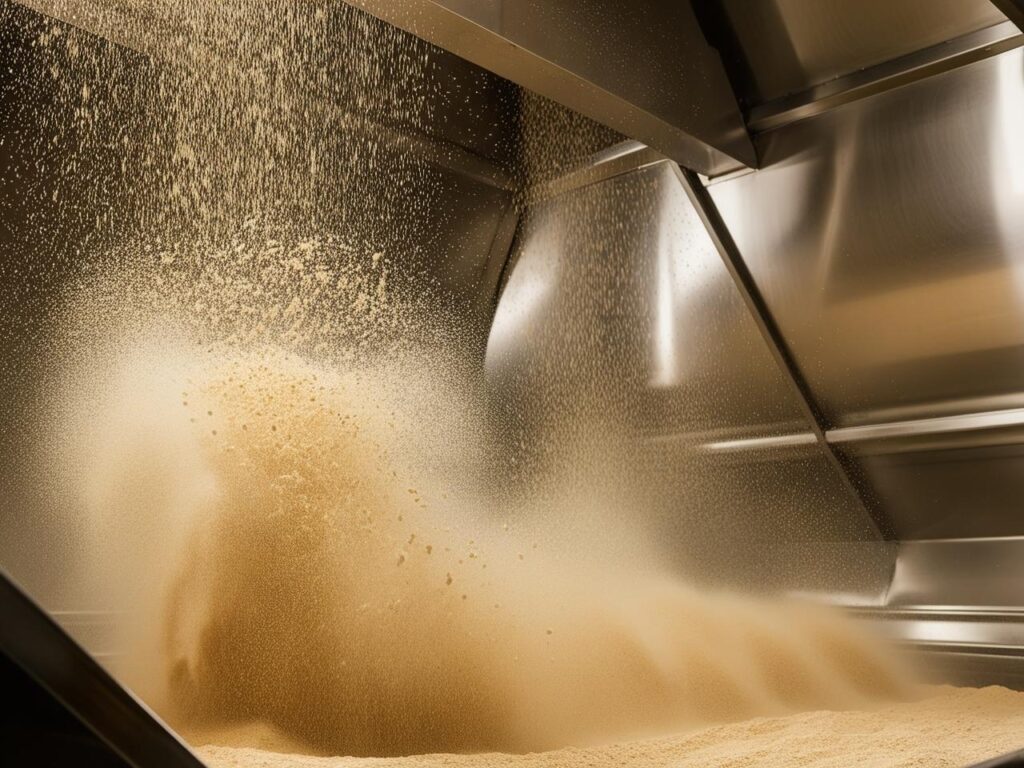
Bối cảnh pháp lý để kiểm soát bụi |
|---|
Quy định về an toàn thực phẩm |
Tuân thủ các tiêu chuẩn của FDA và USDA |
Sức khỏe và An toàn của Người lao động |
Tuân thủ các quy định của OSHA |
Phòng chống cháy nổ |
Việc thực hiện các tiêu chuẩn NFPA |
Bảo vệ môi trường |
Chất lượng và tính nhất quán của sản phẩm |
Giảm thời gian ngừng hoạt động và chi phí bảo trì |
Thách thức kiểm soát bụi |
|---|
Ô nhiễm sản phẩm |
Rủi ro sức khỏe của người lao động |
Nguy cơ cháy nổ |
Tuân thủ quy định |
Nhiễm chéo |
Sự phát triển của vi sinh vật |
Tuân thủ nghiêm ngặt an toàn thực phẩm |
Chất lượng sản phẩm giảm |
Thiệt hại thiết bị |
Những cân nhắc chính để kiểm soát bụi hiệu quả |
|---|
Triển khai thu bụi hiệu quả |
Đảm bảo luồng không khí và áp suất thích hợp |
Sản phẩm sữa khô |
Sử dụng hệ thống lọc hiệu suất cao |
Bảo trì và kiểm tra thường xuyên |
Tuân thủ các tiêu chuẩn của ngành |
Đánh giá thường xuyên hệ thống kiểm soát bụi |
Những cân nhắc cụ thể về quy trình |
Đánh giá và giảm thiểu rủi ro |
Kết nối với chúng tôi để được tư vấn chuyên gia
Khám phá các dịch vụ khác của chúng tôi!
Những câu hỏi thường gặp
Trong chế biến thực phẩm, các hệ thống lọc phổ biến bao gồm lọc màng (như vi lọc, siêu lọc, lọc nano và thẩm thấu ngược), lọc sâu, lọc than hoạt tính và hệ thống đèn cực tím (UV). Các công nghệ này được sử dụng để loại bỏ các chất gây ô nhiễm vật lý, hóa học và sinh học, đảm bảo độ tinh khiết và an toàn của sản phẩm.
Hệ thống lọc đảm bảo tuân thủ các tiêu chuẩn an toàn thực phẩm bằng cách loại bỏ hiệu quả các chất gây ô nhiễm, bao gồm vi sinh vật, hạt và dư lượng hóa chất, khỏi nguyên liệu thô và sản phẩm. Quy trình thanh lọc này giúp đáp ứng các yêu cầu quy định và duy trì tiêu chuẩn chất lượng cao cho sản phẩm thực phẩm cuối cùng.
Hệ thống lọc duy trì chất lượng và tính đồng nhất của sản phẩm bằng cách loại bỏ các hạt, vi sinh vật và các chất gây ô nhiễm không mong muốn khác khỏi nguyên liệu và thành phẩm. Điều này đảm bảo mỗi lô sản phẩm đều đạt tiêu chuẩn về độ tinh khiết và chất lượng mong muốn, mang lại sự đồng nhất về hương vị, hình thức và độ an toàn cho tất cả sản phẩm.

